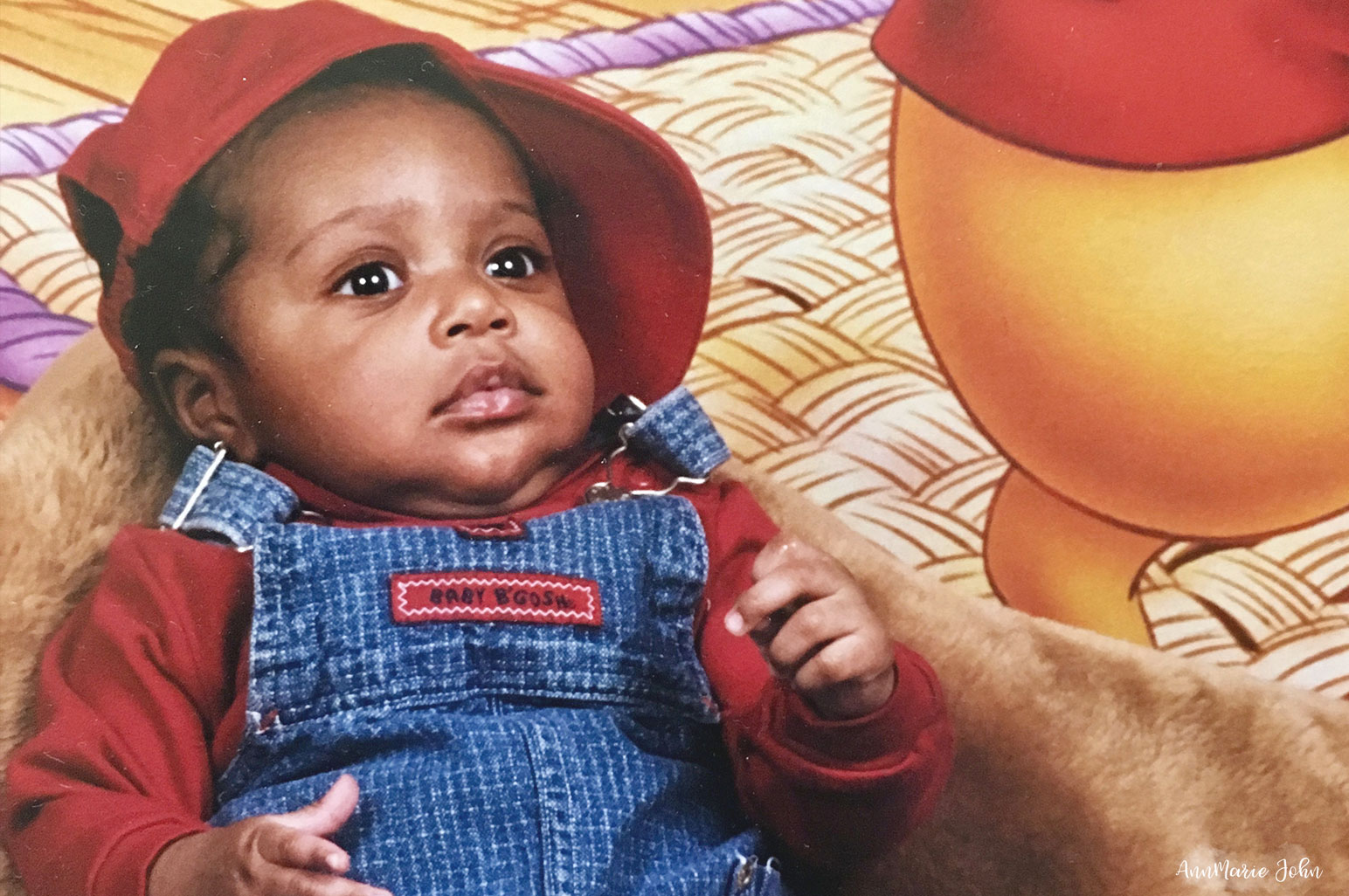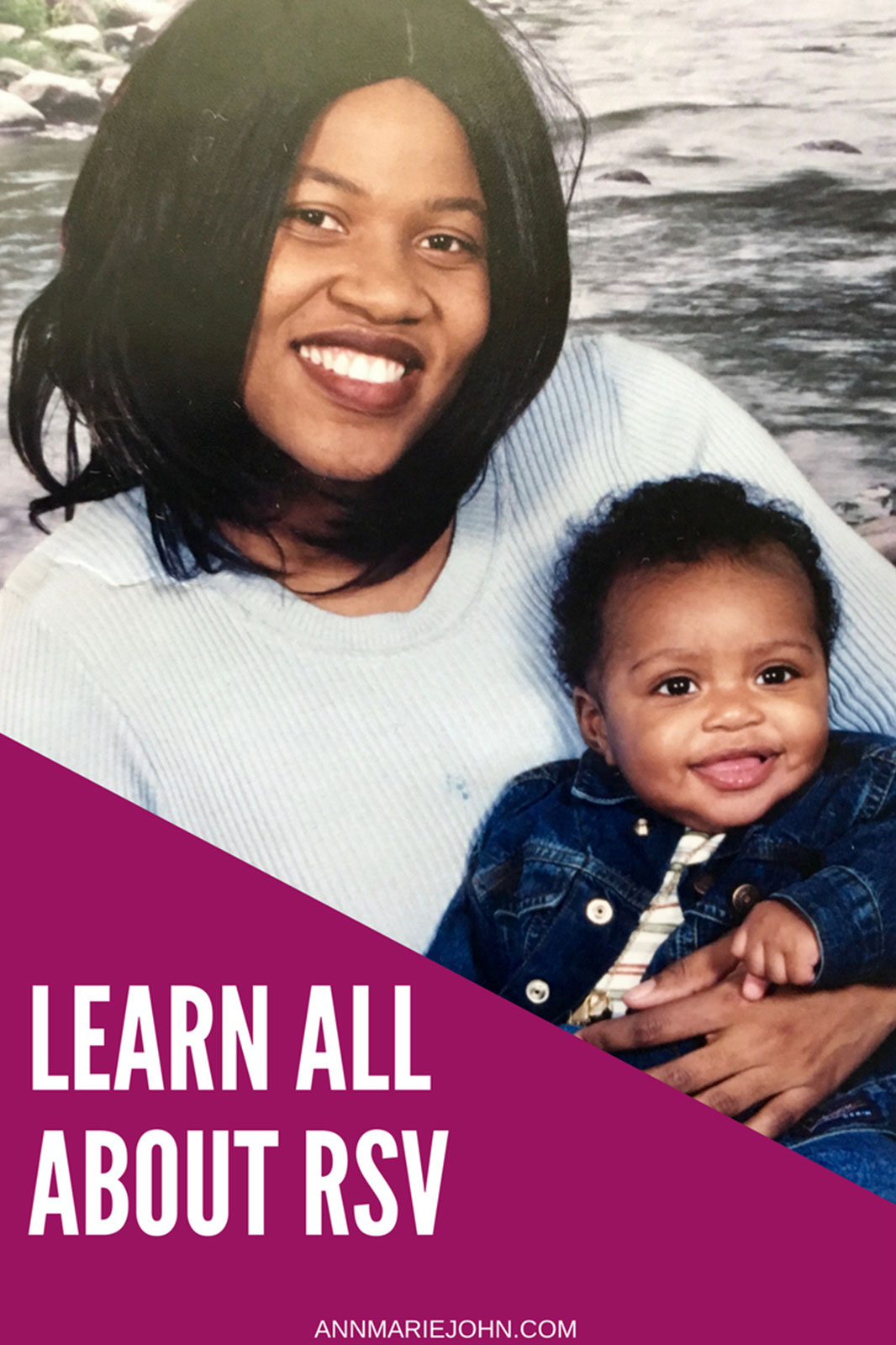It’s October and officially National RSV (respiratory syncytial virus) Awareness Month. If you’re a mother of a newborn or a child under the age of two, you may have heard about this very common and highly contagious, seasonal virus that affects nearly 100% of infants by the age of two, that is mostly common through the fall thru spring months.


In November 2000, I was rolled into surgery and delivered a bouncing baby boy at almost 37 weeks. We were in the hospital for about 3 days when I noticed that he wasn’t breathing properly and had almost cold like symptoms. Since it was November, I just thought it was just a cold, but after a visit from his doctor, we found out that he had RSV. He was placed in ICU and spent almost two extra weeks in the hospital while I went home. I visited daily but had to be in protective gear, before I could get near him, or even touch him. You can’t even begin to realize my anguish. How did he get RSV to begin with? Was it from one of my visitors? When I was finally able to take him home, I became a very overprotective mother who had a new set of rules before you were even allowed near my new baby. Kyle is now 16, but his stint with RSV didn’t end without consequence. He was diagnosed with asthma and was prescribed a nebulizer to help with his breathing. Since then I have always educated others about RSV, and today I want to share with you what to look out for and how you can protect your little ones.

What are the signs and symptoms of RSV?
RSV presents symptoms that may be similar to the common cold or flu, and for healthy children they may recover within a week or two, however for those that are at a higher risk, such as babies born prematurely, it can develop into a much more serious lung infection.
What should you look out for?
As a parent you should look out for symptoms such as:
- coughing or wheezing that does not stop
- fast or troubled breathing
- gasping for breath
- a bluish color around the mouth or fingernails
- unusual lethargy or tiredness
- fever (especially if it is greater than 100.4 degrees F [rectal] in infants under 3 months of age)
RSV is normally spread through sneezing and coughing but you can also get RSV if you touch surfaces that has RSV on it, then touch your eyes, mouth and nose.
How can you help prevent RSV?
Wash your hands
Wash your hands often, preferably with soap AND water, and encourage those around to do the same before touching your baby or young child, to protect you from germs. Also help younger children who may not be able to do it correctly. If soap and water is not readily available, keep an alcohol based hand sanitizer on hand.
Cover your sneeze and cough
Be sure to cover your mouth and nose when coughing and sneezing. If using a tissue be sure to throw it in the trash once done. If you don’t have a tissue handy, use the inside of your sleeve and never use your hands.
Clean and disinfect
Clean and disinfect surfaces that is frequently touched by others such as doorknobs. Sanitize your children’s toys, clothing and blankets to keep germs at bay.
Avoid contact with the sick and large crowds
Avoiding those who are sick and large crowds is a great start to prevention. Since you don’t know who may be sick in a crowd, it’s just best to stay away.
Talk to your pediatrician
You are your child’s best advocate, if you think your child may be at risk, or if you’re unsure, it’s always best to talk to your pediatrician who may be able to tell you if your child is at high risk for RSV.

Since there are currently no treatment options available for RSV, learning the signs and symptoms and how you can take preventative measures is very important. If you are concerned that your child may be at risk for RSV, talk to your pediatrician.
